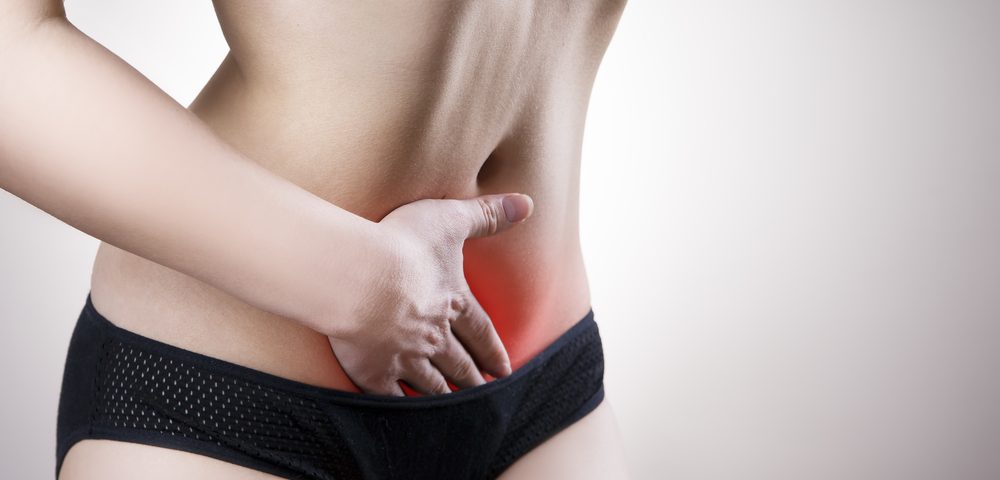The chronic pelvic pain that affects women of reproductive age is thought to be the most common effect of endometriosis, but a retrospective study found that women with endometriosis are often be misdiagnosed and the percentage of endometriosis-derived chronic pelvic pain is lower than 25 percent.
The study, “Prevalence of Endometriosis During Abdominal or Laparoscopic Hysterectomy for Chronic Pelvic Pain,” was published in the Obstetrics and Gynecology journal.
A number of factors are known to increase the risk for endometriosis in women in reproductive age, including a family history of the disease, painful periods or an abnormally heavy flow, and decreased body mass index. But researchers do not know if these risk factors correlate with the presence of endometriosis in women with pelvic pain at the time of hysterectomy. Since hysterectomies in women with endometriosis are generally more challenging, and require surgical planning and patient counseling, a further characterization of risk factors for endometriosis in women about to undergo hysterectomy is needed.
University of Michigan researchers attempted to estimate both the prevalence of endometriosis in women undergoing laparoscopic or abdominal hysterectomy, regardless of chronic pelvic pain, and the preoperative characteristics of women with chronic pelvic pain that correlated with surgically confirmed endometriosis. The effect of endometriosis in complication rates and operative findings was also assessed.
Reseachers analyzed data from 9,622 women who underwent laparoscopic or abdominal hysterectomy for benign indications at the Michigan Surgical Quality Collaborative from January 2013 to July 2014. Results revealed that 15.2 percent of these women had endometriosis at the time of surgery, a percentage that increased to 21.4 percent in women with a preoperative indication of chronic pelvic pain (or 806 of the 3,768 women with this indication). Interestingly, more than 40 percent of women who had a preoperative diagnosis of endometriosis did not have endometriosis at the time of hysterectomy, and 8 percent without either an endometriosis diagnosis or chronic pelvic pain were found through the surgery to have endometriosis.
Data also revealed that women with chronic pelvic pain who were found to have endometriosis were twice as likely to undergo concomitant ovary removal during the surgery, compared to those without the disease.
Investigators also determined that younger age, lower BMI, white race, and previous treatment failure were all associated with a greater likelihood of endometriosis being surgically identified in women with chronic pelvic pain.

